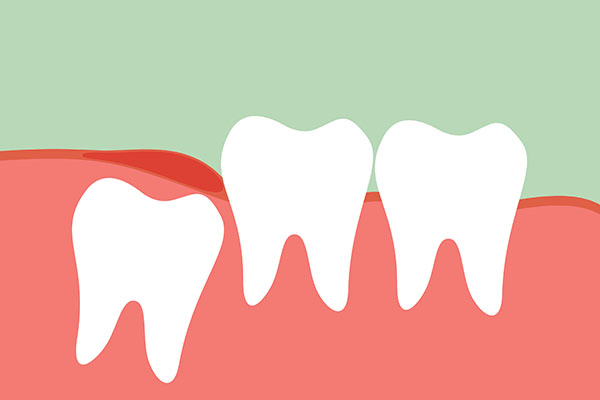How Is TMD Diagnosed?

TMD, or temporomandibular joint disorder, can be incredibly discomforting and leads all many to alter the way they live their life on a daily basis. Fortunately, there are treatment options available that are effective. The process of TMD relief starts with visiting the dentist for a proper diagnosis.
The TMD diagnostic process
There are many reasons a person may experience jaw discomfort, and it is important for dentists to be able to distinguish the difference between TMD and another form of jaw complication. The following is a complete overview of how TMD diagnosed, including three specific treatments that the dentist might utilize to confirm a TMD issue.
Physical examination
The first step in the TMD diagnosis process for most dentists is to conduct a physical examination of the patient to see if they have any functional symptoms of the disorder. The dentist might gently move the jaw back and forth to test the patient’s range of jaw motion, listen to the jaw upon opening and closing to see if there is a clicking sound and test certain areas for any discomfort in the temporomandibular joint. This physical examination is not typically enough to confirm the diagnosis of TMD, but it is often a positive first step in finding the root cause of jaw pain and discomfort.
Dental X-rays
Most of the time in the TMD diagnosis process, the dentist is required to order dental X-rays, which give a better idea as to the health and function of the temporomandibular joint inside the jaw. They might also order an MRI or CT scan if the dental X-rays are not enough to determine the exact cause of the pain and severity of the issue. Through these types of testing, along with other tests they might order, the dentist should gain a clear indication as to the health of the bones and joints inside the jaw, which can help either confirm a TMD diagnosis or rule it out as a possible cause for the symptoms.
TMJ arthroscopy
A physical examination, dental X-rays, MRI and CT scan are non-invasive forms of diagnostic testing. A TMJ arthroscopy, however, is slightly more invasive. If the issue cannot be properly diagnosed using non-invasive techniques, then a TMJ arthroscopy allows the dentist to see inside the jaw. The process involves the insertion of a small tube into the jaw, and a small camera is also inserted to view the area. Arthroscopic surgery is a popular form of TMD treatment when surgery is required to properly address the symptoms.
Visit a dentist for TMD treatment
The days of living with jaw discomfort and pain are over: It is time to visit the dentist for proper diagnosis and treatment. If you are concerned that you might have TMD and want to receive an accurate diagnosis, then consult with us today and schedule a time to come in and see us here at our office.
Request an appointment here: https://www.drelloway.com or call Randal S. Elloway DDS, Inc at (530) 527-6777 for an appointment in our Red Bluff office.
Check out what others are saying about our services on Yelp: Read our Yelp reviews.
Related Posts
Your third molars are your wisdom teeth. These teeth appear between 14 and 30 years old. Your mouth is not big enough to have two third molars on the upper jaw and another two on the lower jaw. This results in third molars growing in incorrect positions. Infection is a common outcome of wisdom teeth.…
People often have wisdom teeth extraction performed when these teeth come in behind the second molars of the upper and lower jaw. Wisdom teeth appear between the ages of 17-25 and may crowd the other teeth, causing pain and possibly changing the bite of the teeth. Those who undergo an extraction often have questions about…
There are numerous reasons why dental professionals recommend wisdom teeth extraction, and one is to prevent teeth misalignment. Wisdom teeth are the third molars located in the lower and upper parts of the jaw, behind the other molars on both sides. The teeth generally appear years after the other permanent teeth have come up. In…
If your wisdom teeth have begun to emerge, it is time to speak to your dentist. When these teeth are impacted, they can have some serious effects on your oral health. It is important for you to understand the risks these teeth pose and the steps you should take. Your dentist can walk you through…


